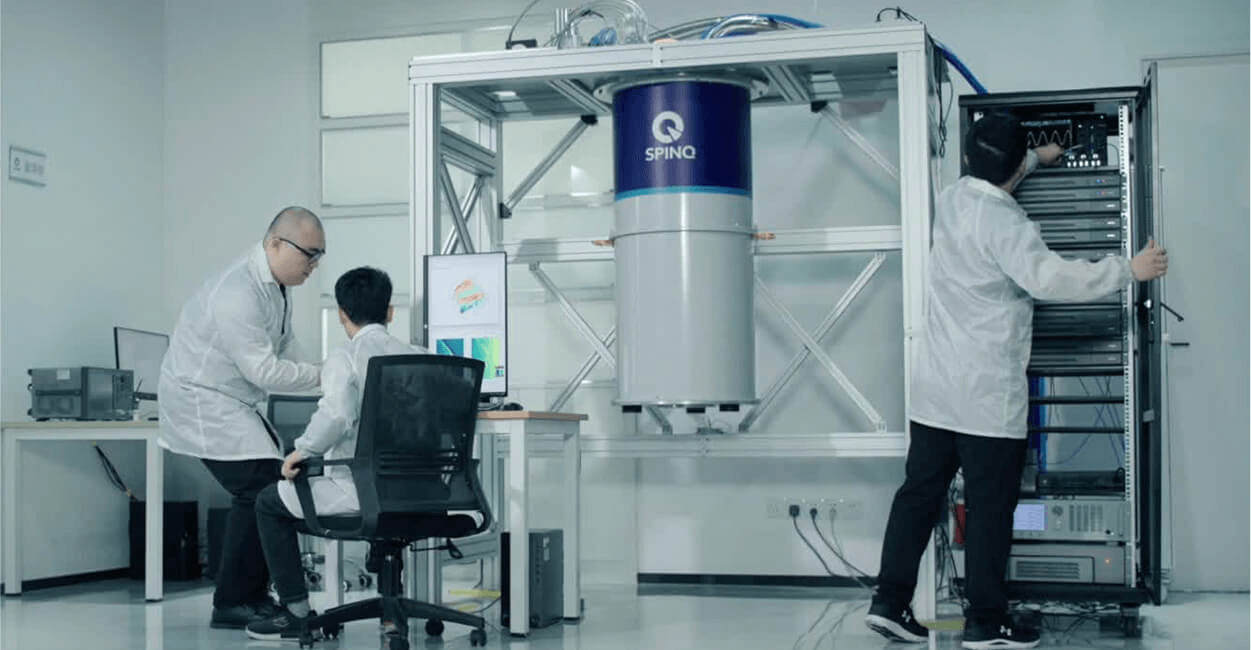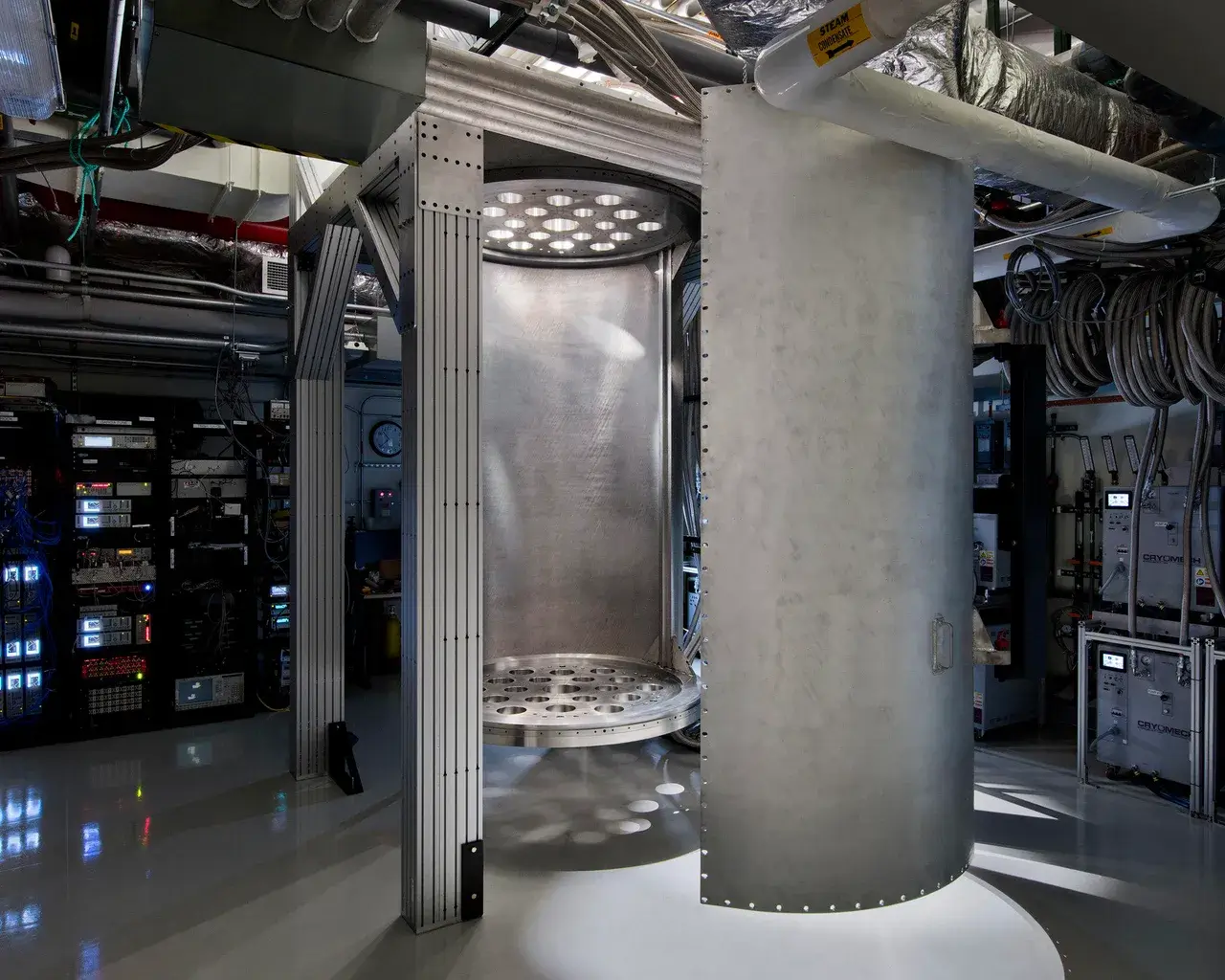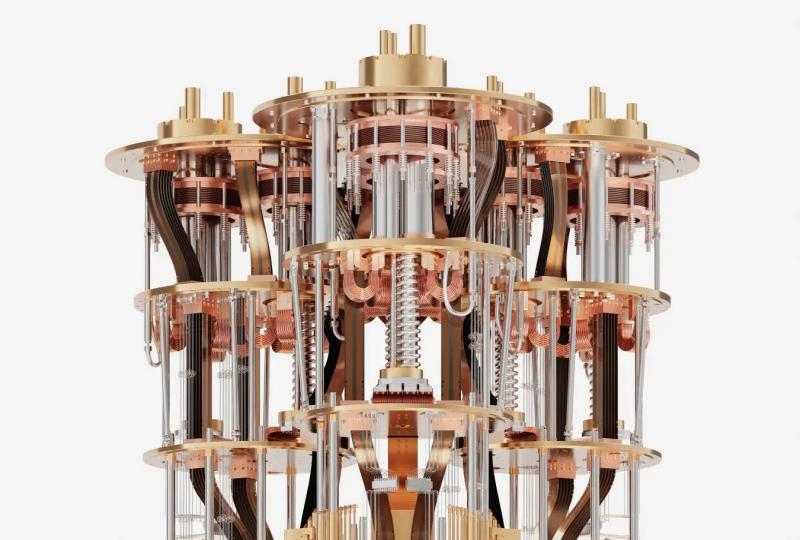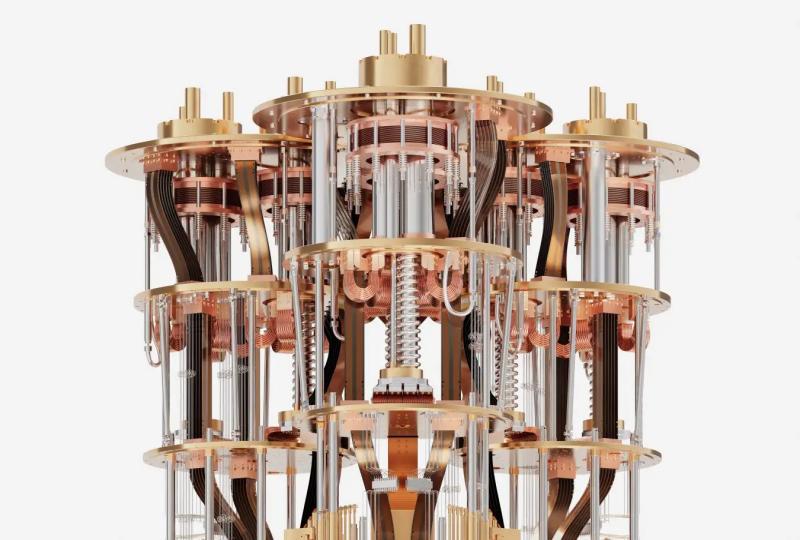The Ultimate Guide to Superconducting Quantum Computers
2025.02.10 · Blog
Quantum computing promises to solve complex problems far beyond the capabilities of classical computers. Among the various technologies driving the quantum revolution, superconducting quantum computers stand out as one of the most promising approaches.
Leveraging the principles of quantum mechanics and the unique properties of superconductors, these superconducting quantum computers are poised to lead the way in revolutionizing fields like cryptography, artificial intelligence, material science, and more.
This article will dive into the fundamentals of superconducting quantum computers, their working principles, advantages, challenges, and future potential.
.png)
What are Superconducting Quantum Computers?
Superconducting quantum computers use superconducting qubits, which are circuits made from superconducting materials that exhibit zero electrical resistance at very low temperatures.
These qubits are the fundamental units of quantum information in these systems. Superconducting circuits can be engineered to behave quantum mechanically, which means they can exist in superpositions of states (both 0 and 1 simultaneously) and can be entangled with other qubits.
The use of superconducting materials allows quantum computers to operate at temperatures approaching absolute zero, which is essential to maintain the coherence of qubits and their quantum states.
The most well-known superconducting quantum computing platforms today are developed by companies like IBM, Google Quantum AI, and SpinQ.

How Do Superconducting Quantum Computers Work?
Superconducting quantum computers are built on the principle of quantum superposition and entanglement. A superconducting qubit consists of a tiny superconducting loop, often in the form of a Josephson junction.
When a current flows through this loop, it can exist in two distinct states: a clockwise current and a counterclockwise current. These states are quantum superpositions, and they can be manipulated by applying microwave pulses.
Key Components of Superconducting Quantum Computers:
1. Qubits: Superconducting qubits are typically created using superconducting circuits made from materials like aluminum or niobium. These circuits can represent a quantum bit (qubit) by using two energy states: ground and excited. By applying microwave pulses, the qubit can be manipulated to achieve quantum superposition.
2. Quantum Gates: Quantum gates are the operations performed on qubits. They are the equivalent of classical logic gates but work according to the principles of quantum mechanics. In superconducting quantum computers, quantum gates manipulate the superposition states of qubits.
3. Quantum Interference: Superconducting quantum computers utilize quantum interference to perform calculations. Quantum interference occurs when quantum states combine in such a way that certain outcomes become more likely than others. This is essential for running algorithms like Shor's algorithm and Grover's algorithm efficiently.
4. Cryogenics: Since superconducting qubits require extremely low temperatures to function, these systems operate within specialized cryogenic setups. Cryostats keep the quantum processor at temperatures close to absolute zero (around 15 millikelvin), where the qubits’ quantum properties remain stable.

Advantages of Superconducting Quantum Computers
1. Scalability: One of the biggest advantages of superconducting quantum computers is their scalability. Superconducting qubits can be fabricated using techniques similar to those used in classical semiconductor manufacturing, allowing the creation of large numbers of qubits on a single chip.
2. Fast Gate Operations: Superconducting qubits can perform quantum gates relatively quickly compared to other types of qubits, which contributes to their effectiveness in running quantum algorithms.
3. Error Correction: Superconducting quantum computers have seen significant progress in quantum error correction techniques. While quantum systems are prone to errors due to decoherence and noise, advancements in quantum error correction codes, such as the surface code, are helping improve the fidelity of quantum computations.
4. Strong Industry Backing: Major quantum computing companies, including IBM, SpinQ, Google, and Intel, have invested heavily in developing superconducting quantum computers, leading to rapid advancements in this area. These companies continue to push the boundaries of what superconducting quantum computers can achieve.
Challenges Facing Superconducting Quantum Computers
1. Decoherence: Quantum decoherence, where a qubit loses its quantum state due to interaction with the environment, remains a significant challenge. Superconducting qubits need to be isolated from thermal noise and electromagnetic interference to maintain their coherence.
2. Quantum Error Correction: While progress has been made in error correction, superconducting quantum computers still face challenges related to error rates. Quantum error correction requires many physical qubits to encode a single logical qubit, making it resource-intensive.
3. Cryogenic Requirements: The need for extremely low temperatures is another challenge. Operating a quantum computer at near absolute zero requires sophisticated cryogenic technology, which adds to the complexity and cost of superconducting quantum computers.
Applications of Superconducting Quantum Computers
Superconducting quantum computers have the potential to revolutionize many industries, including:
1. Cryptography: Superconducting quantum computers could potentially break current encryption schemes that rely on the difficulty of factoring large numbers. Quantum algorithms such as Shor's algorithm could solve problems in seconds that would take classical computers millennia.
2. Artificial Intelligence: Superconducting quantum computers could speed up data processing and optimization tasks, making AI systems more powerful and efficient.
3. Material Science: Superconducting quantum computers can simulate molecular structures and chemical reactions at the quantum level, enabling the discovery of new materials and drugs with unprecedented precision.
4. Optimization Problems: Quantum computers are particularly suited for solving complex optimization problems, such as supply chain optimization and portfolio management, that are intractable for classical computers.
The Future of Superconducting Quantum Computers
The future of superconducting quantum computers looks promising. Despite the challenges, recent breakthroughs in quantum error correction(Google's latest Willow Chip), qubit coherence, and quantum hardware improvements are pushing the field closer to realizing practical quantum computers.
As the technology matures, superconducting quantum computers will play a key role in solving some of the world's most complex problems, from drug discovery to climate change modeling.
With continued investment, research, and collaboration, superconducting quantum computers may soon transition from experimental laboratories to real-world applications, ushering in a new era of computational power.
Featured Content
Popular Reads





.png)
